Recently, Bai Chay Hospital said that this unit had just provided emergency care to two patients with electrolyte disturbances and acute kidney failure due to dehydration while participating in a marathon.
Although both recovered after 48 hours and were discharged from hospital in stable condition, these cases still serve as warnings about the risks of running in extreme weather conditions, especially as the hot season approaches.
Two patients with electrolyte disturbances and acute kidney failure due to dehydration on the racetrack were treated at Bai Chay Hospital (Photo: Provided by the hospital).
The most common risk when exercising in prolonged hot weather
Dr. Nguyen Hai Cong, Head of the Department of Internal Medicine and Respiratory Medicine, Military Hospital 175 , emphasized that exercising, even just walking, in prolonged hot weather can easily cause body temperature disorders.
Accordingly, in cool weather conditions, walking does not have any significant effects. However, if you walk or exercise continuously under the hot sun without proper rest, the body will lose the balance between heat generation and heat dissipation. These are two mechanisms that always exist in parallel to keep the body temperature stable at around 36-36.5 degrees Celsius.
However, when exercising, the body generates more heat and needs to release heat through sweat or breathing. But if the ambient temperature is too high, especially above 37°C, the heat dissipation mechanism becomes less effective, leading to heat accumulation in the body and causing hyperthermia.
Patients can get heat stroke if they exercise vigorously for a long time in hot weather (Illustration: Unsplash).
Heat stroke is the most severe stage of acute hyperthermia, which can cause profound damage to vital organs such as the brain, heart, kidneys and liver.
If not detected and treated promptly, people with heat stroke are at high risk of death or severe sequelae, especially nerve cell damage.
“It can be said that heat shock has the ability to cause terrible effects on vital organs of the body,” Dr. Cong said.
How to avoid heat stroke?
Dr. Pham Dang Hai, Deputy Head of the Department of Internal Resuscitation and Anti-Poison, 108 Central Military Hospital, said that heat stroke is divided into two types: classic heat stroke and exertional heat stroke.
Classic heat stroke is common in the elderly, people with weakened bodies, children, people with cardiovascular disease, neurological diseases or endocrine disorders. This condition often occurs after passive exposure to high temperature environments for many hours or days.
Exertional heat stroke, on the other hand, is common in young, healthy people with normal thermoregulation. It occurs after exposure to high ambient temperatures and concomitant heat production during exercise or exertion.
To prevent the risk of heat stroke on hot days, people should exercise and work moderately, gradually increasing the intensity so that the body has time to adapt to the temperature conditions. During exercise, it is necessary to allocate reasonable rest time and rehydrate adequately.
People with heat stroke often have signs of impaired consciousness (coma, epilepsy), respiratory disorders (difficulty breathing, respiratory failure), cardiovascular disorders (arrhythmia, hypotension), decreased urine output accompanied by fatigue, headache, flushing, possible vomiting, diarrhea, body temperature above 40 degrees Celsius, hot and dry skin.
"At this time, lowering body temperature and supporting organ failure are the two core elements in emergency care and treatment," said Dr. Hai.
The patient needs to be removed from the hot environment, moved to a cool, shady place, have their clothes removed and their body temperature immediately lowered by placing them in a cold room at 20-22 degrees Celsius.
At this time, people around need to fan and pour 25-30 degree Celsius water on the patient or cover the patient with cold, wet gauze and fan.
You can also immerse the patient in cold water 20-25 degrees Celsius, keep the head above the water, closely monitor vital functions or place ice packs on the groin, armpits, and neck.
In parallel with lowering body temperature, the patient needs to be taken to the nearest medical facility for timely emergency treatment to avoid future complications.
Source: https://dantri.com.vn/suc-khoe/yeu-to-nguy-hiem-co-the-gay-chet-nguoi-tren-duong-chay-marathon-20250604062233734.htm


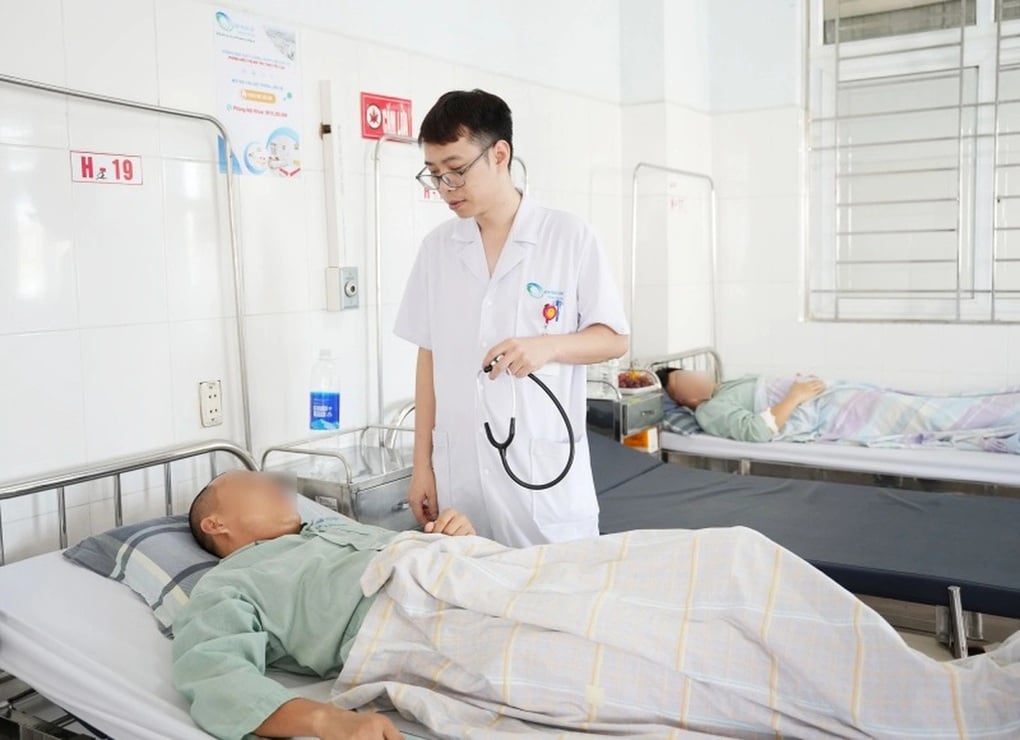
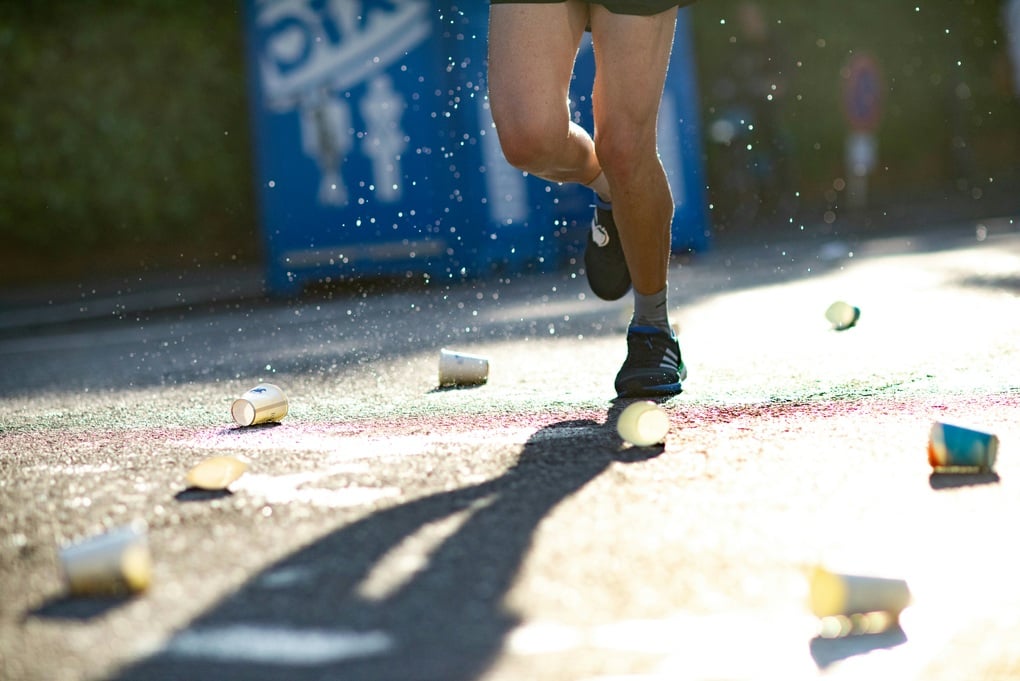






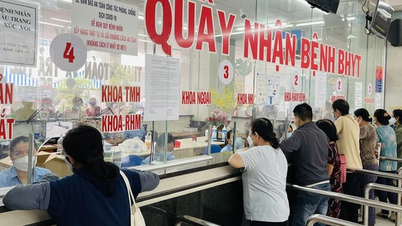



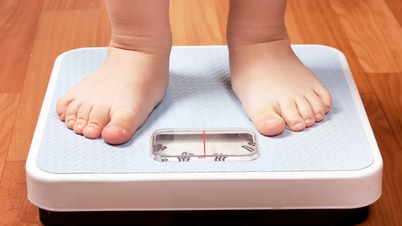

















































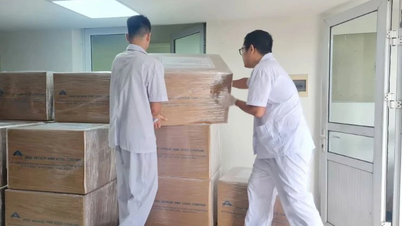















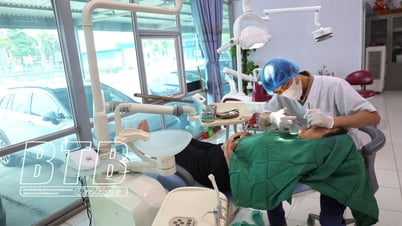












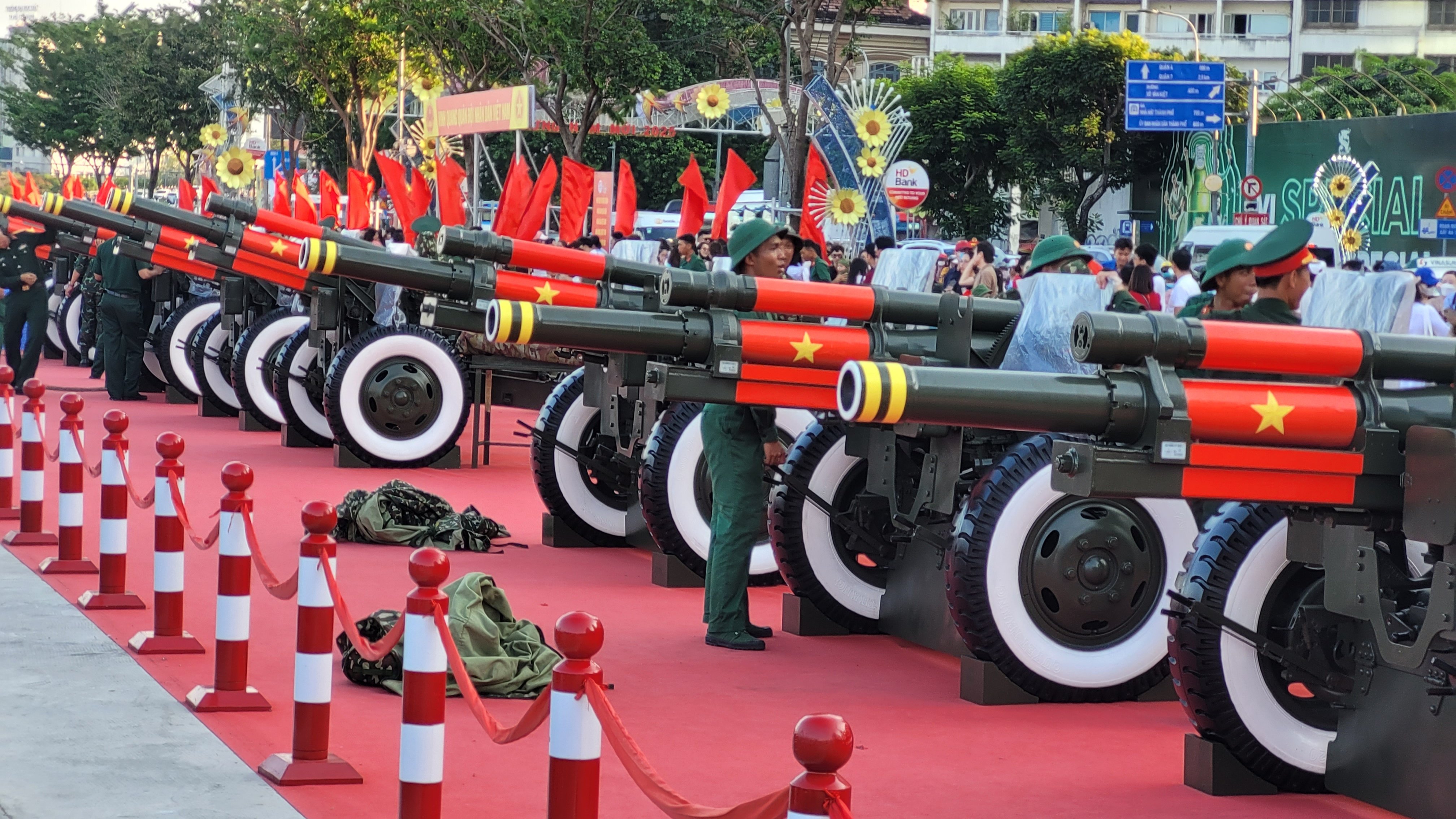



Comment (0)